E-mail Gina's (Click here)
Aitutaki Lagoon Weddings with the Queen
The Discovery of Aitutaki -The Story of Ru Enua
Flyfish_for_ Bonefish_in_Aitutaki_Lagoon
The Teal Story - by Queen Manarangi
Terei - a South Seas novel by Desmond Clarke -_excerpts
Terei- A Cook Islands Romance - Aitutaki Lagoon Wedding and Honeymoon.
Anne and Henry's South Seas Wedding on Aitutaki Lagoon
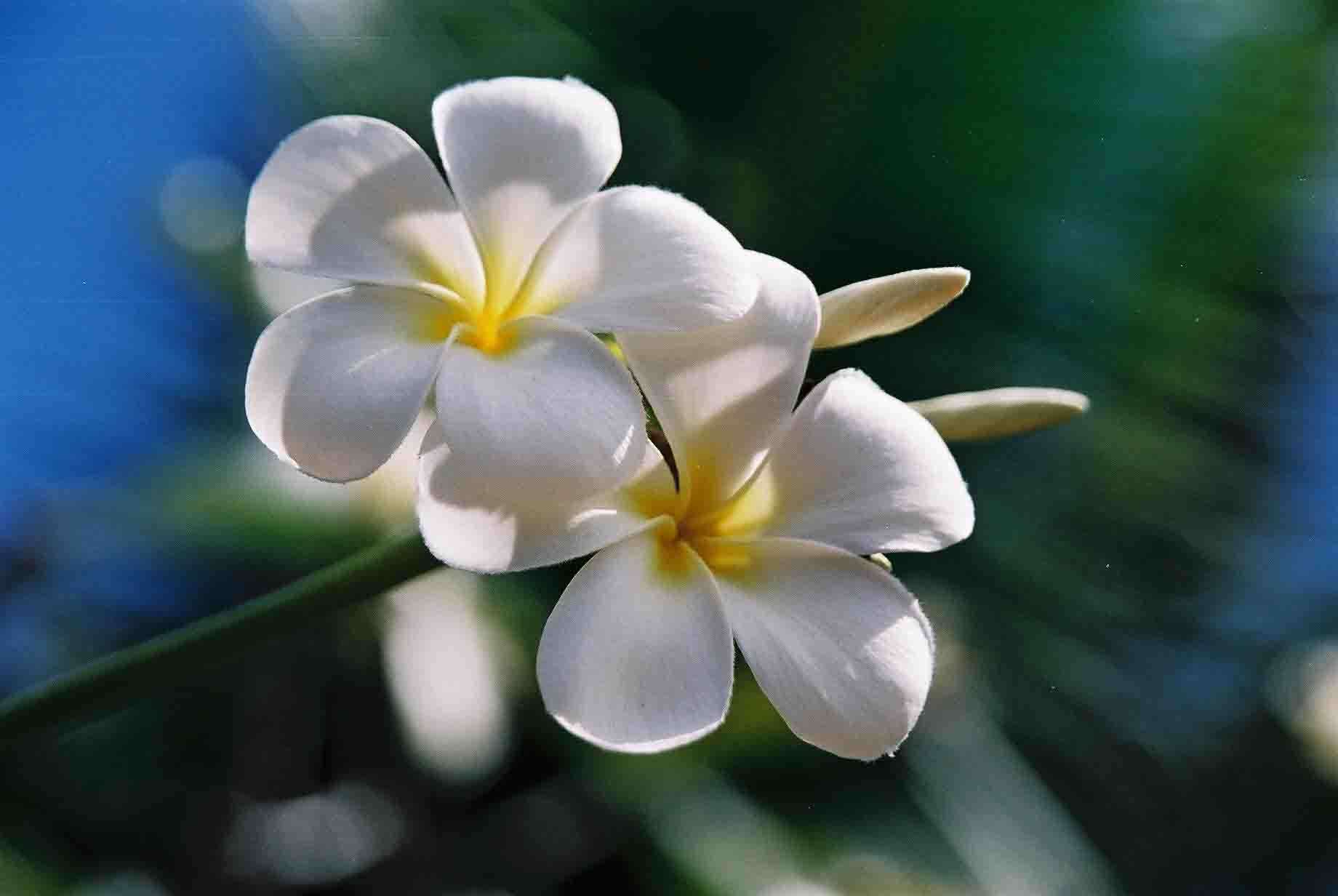

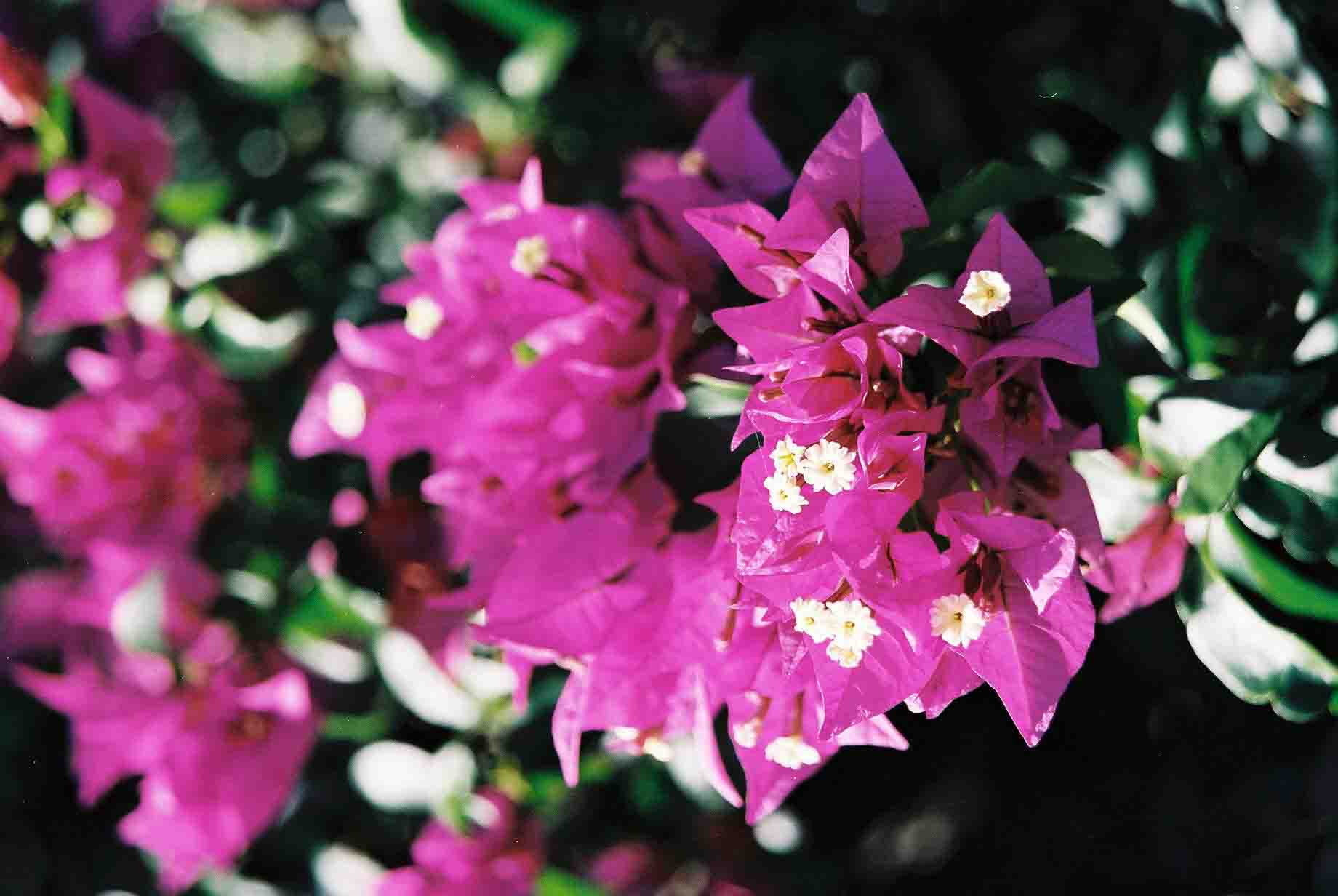

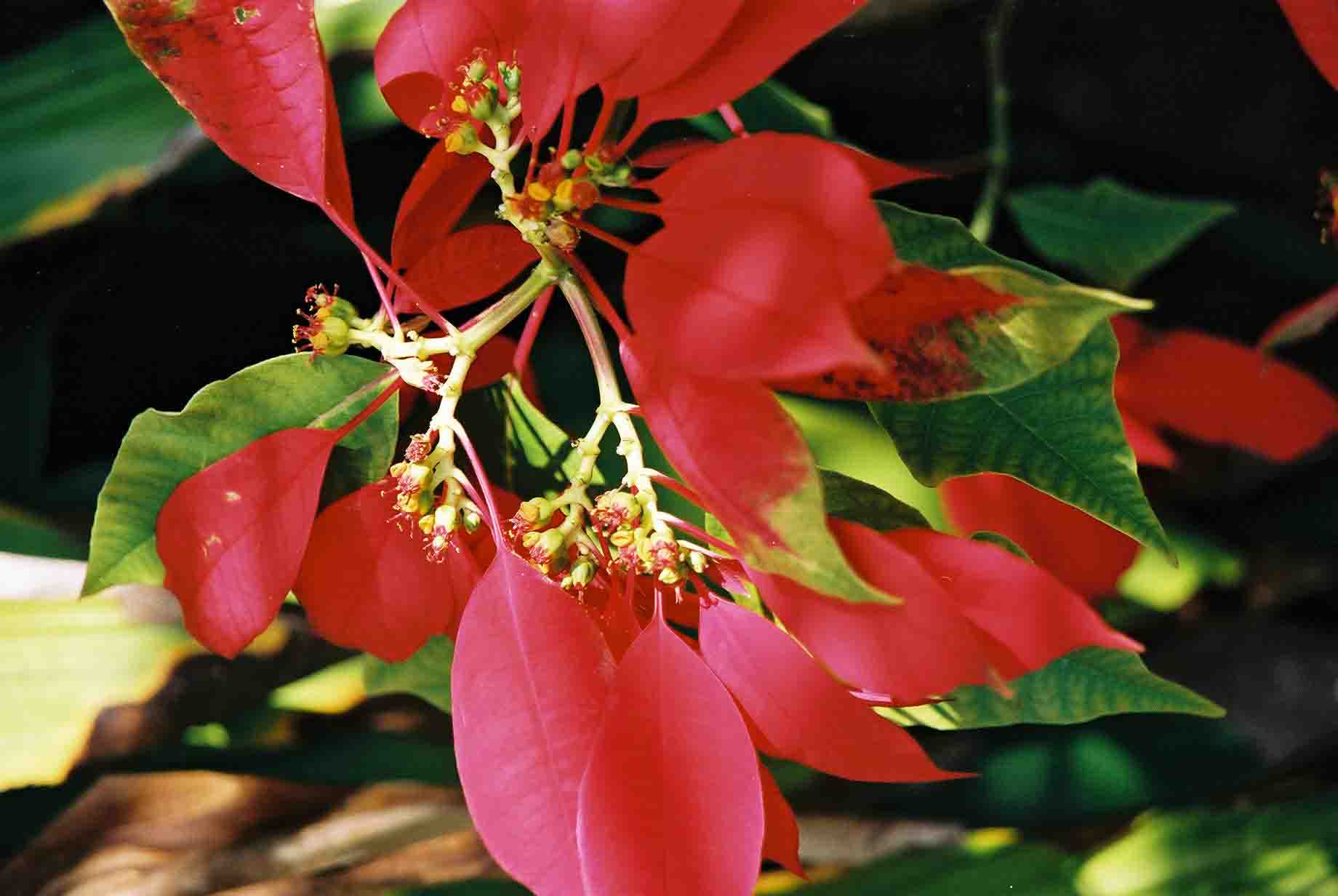
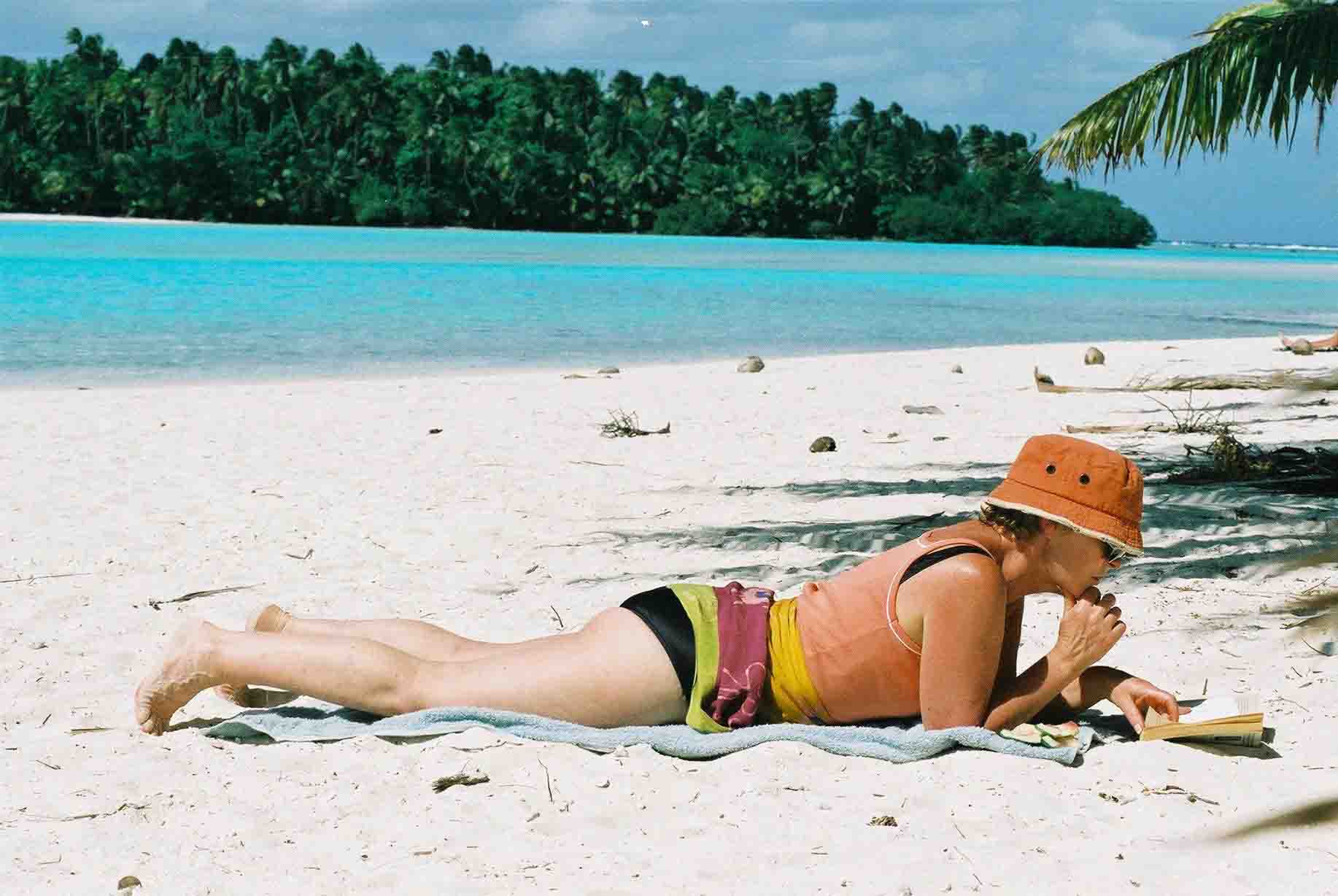
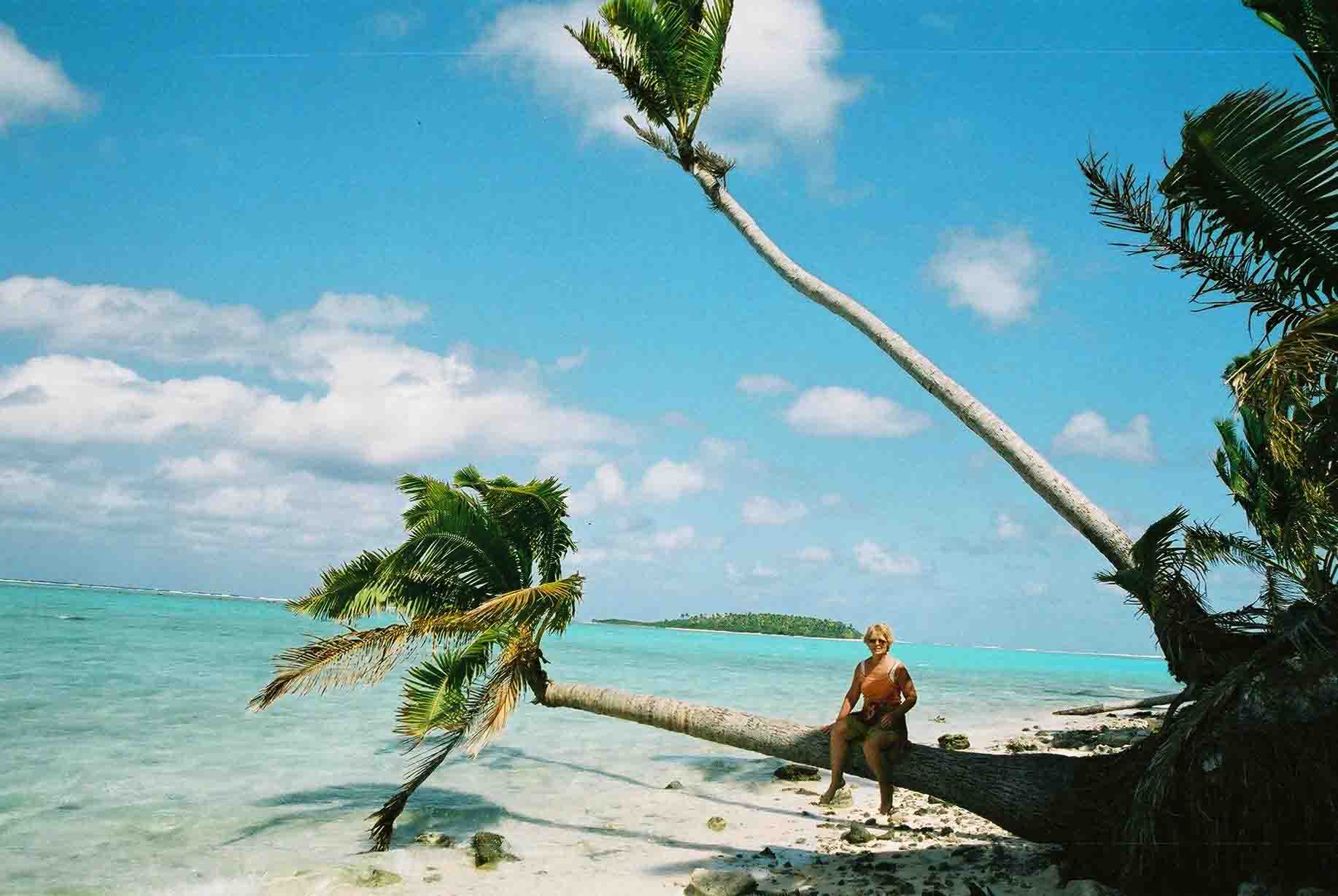
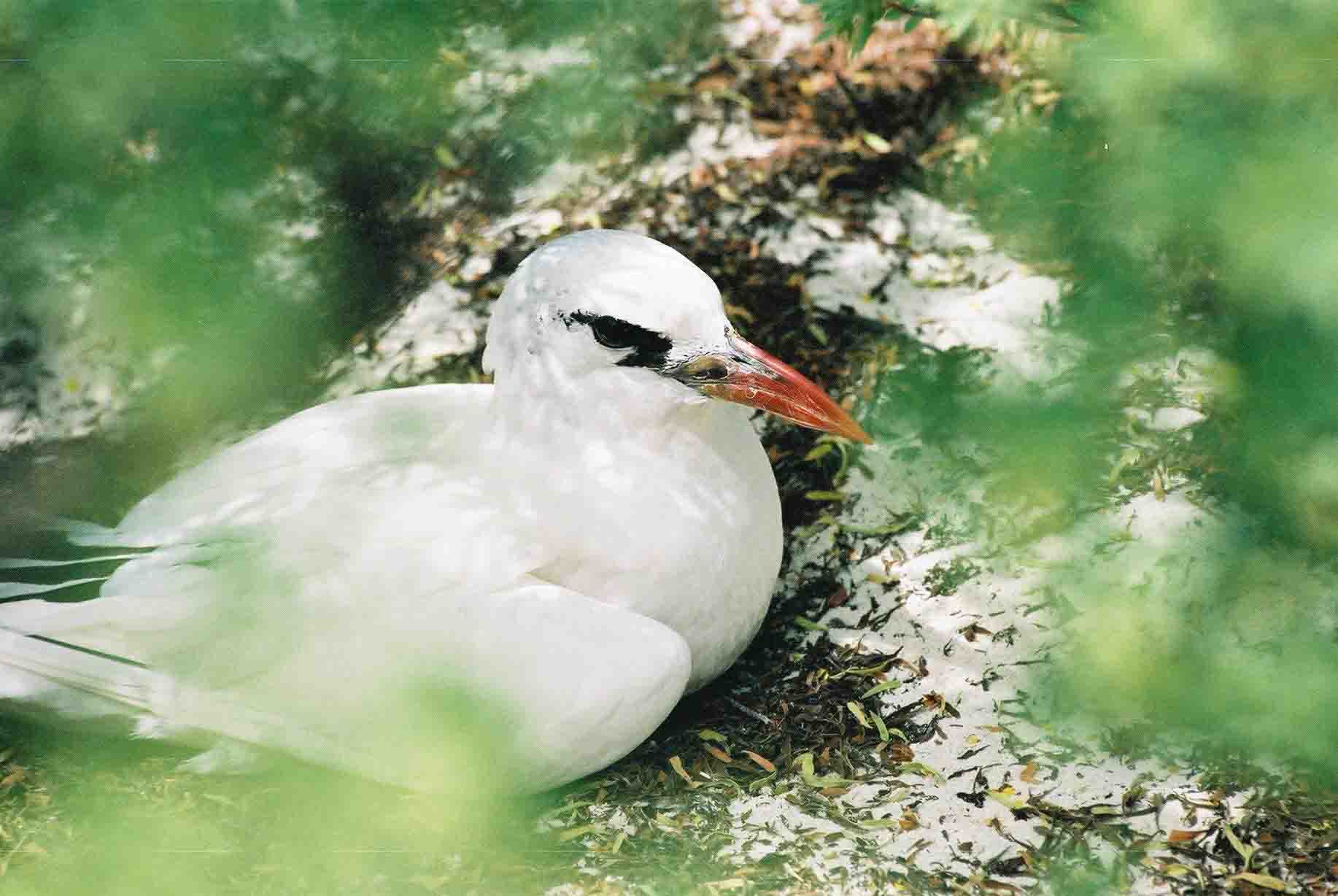
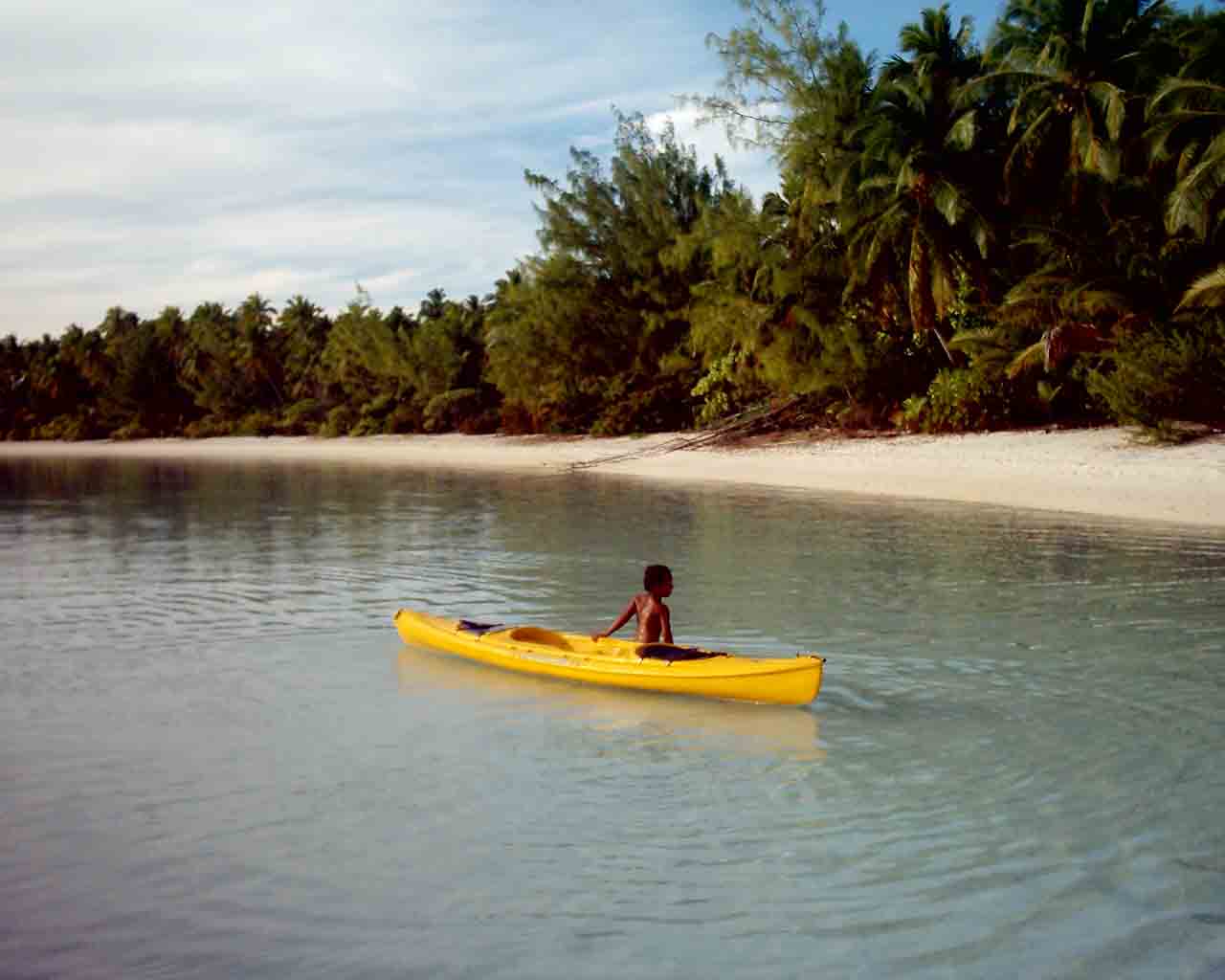
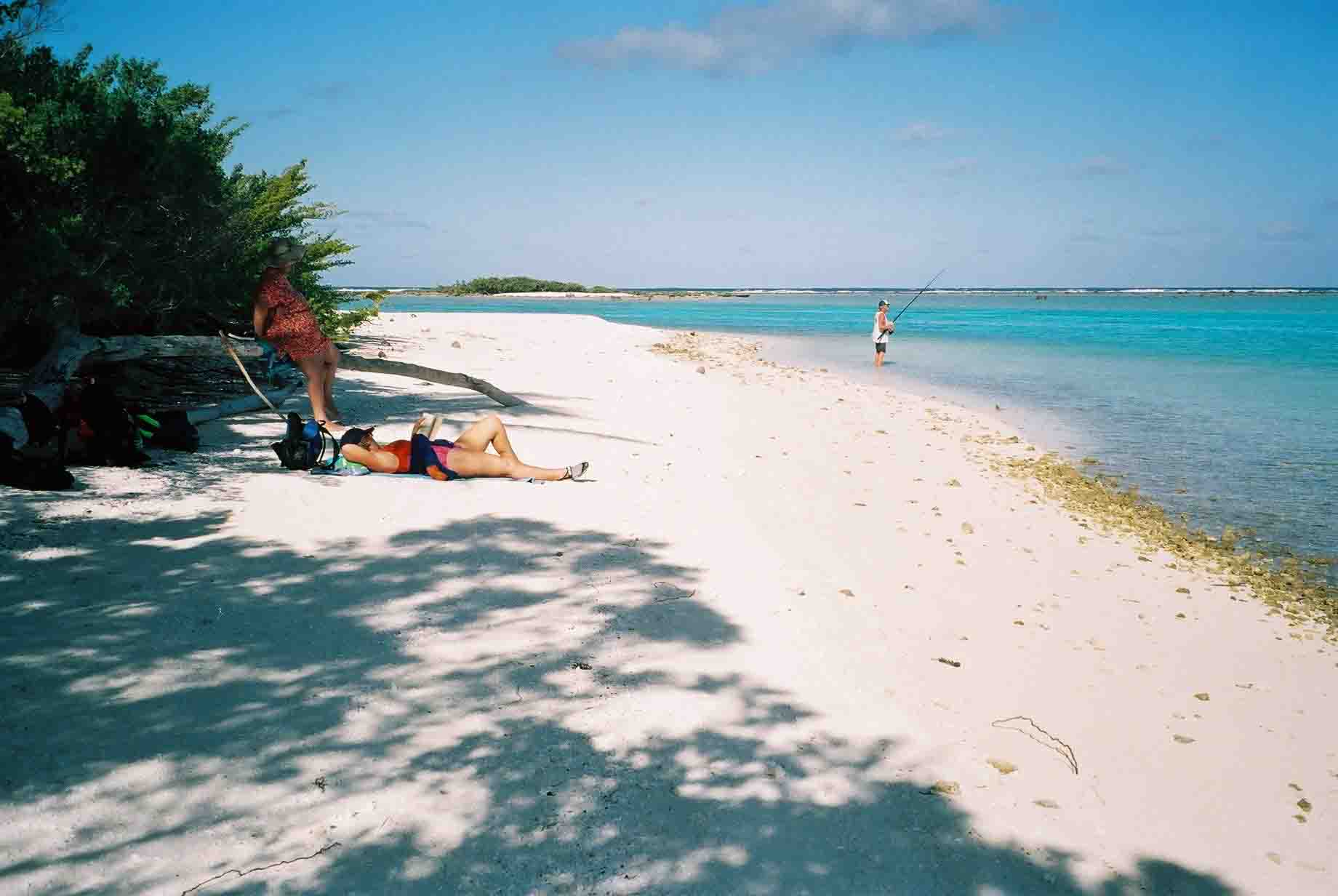
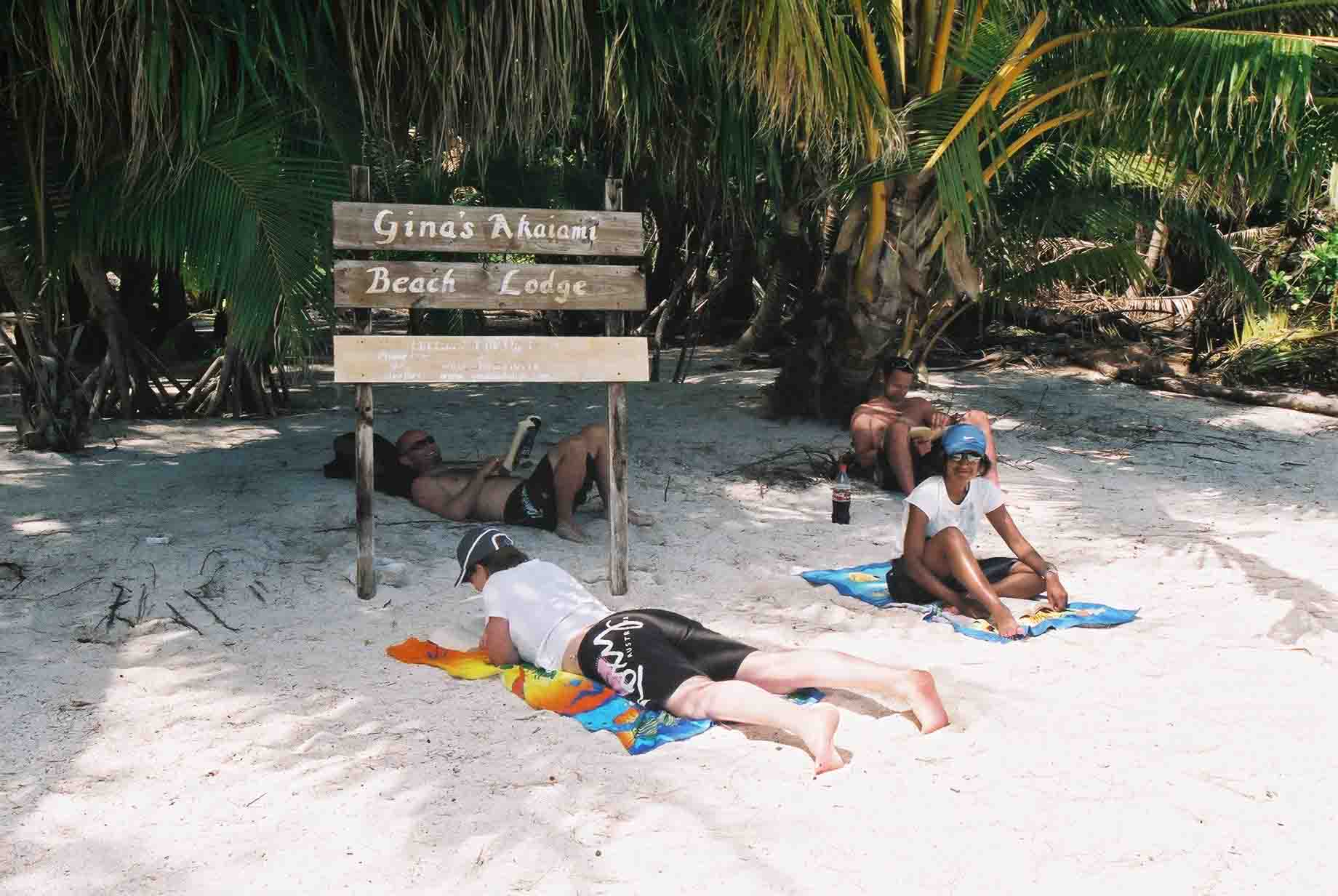
google734ae0a0c5260641.html
Aitutaki Geology
Aitutaki island is a combination of high island and coral atoll formed from a volcanic eruption on the sea bed, 5 kilometres below the surface of the South Pacific ocean. It is a similar type to Bora Bora in French Polynesia. After Aitutaki rose above the ocean surface, coral formed on the shores of this "high island" (Like Rarotonga is today). Weathering eroded much of the basalt rock but the reef kept building vertically from it's original position, leaving the Aitutaki lagoon between the reef and the remaining basaltic parts of the main island of Aitutaki. The islets of Motu Rapota and Motu Rakau which lie inside the Aitutaki lagoon are blow holes from the main volcano – Maungapu - and lava tunnels run from this mountain underneath the lagoon to those small islands.
The Discovery of Aitutaki
The following is a narration by Te Rangi Hiroa – Sir Peter Buck
Additions by Queen Manarangi are in italics
The First Discovery
The discoverer of Aitutaki was Ru-enua. In Havaiki, he noted that the valleys were crowded and the hills were covered with people. With his four wives, four brothers,and twenty unmarried tapairu women of high rank, he set sail in the canoe, Ngapua-Ariki, to seek a new home. As various dangers were encountered, he allayed the fears of his crew by confidently stating, " We shall not die.. Am I not Ru, the man who was girdled with the red belt of chieftainship and who knows the things of the air and the things of the sea." During a storm, after the sky had been obscured for some time, he thus addressed the Sea-god Tangaroa--.
" O Tangaroa, in the illimitable spaces of the unknown,
Clear away the clouds by day,
Clear away the clouds by night,
That Ru may see the stars in the sky,
To guide him to the land of his desire,"
On the sixth day of the voyage, and the ootu night of the moon, Ru sailed in through a passage in the reef on the North-East side of the island now known as Aitutaki. The passage was named Ootu, from the night of their landing, It could not have been an easy arrival. One of Ru’s brothers died – he was crushed underneath the canoe as it was being hauled across the coral A sacred place, or marae, was built and named , Te Hautapu-o-nga-Ariki. The island was named Utataki- enua-o-Ru-ki-te-moana. The name was derived from utauta, a cargo, and taki, to lead, It refers to Ru leading the valuable human cargo over the sea. Another name given to the island is Ararau-enua-o-Ru-ki-te-moana, Ararau is to search for land at sea with a canoe, and the name applied to the island refers to Ru's search on the ocean. The first name was shortened to Aitutaki, and the second to Araura. Araura should be spelt as Arahura, and it is difficult to see how it is connected with ararau. The meaning of ararau is significant of a period when many voyages of discovery were undertaken. All true Aitutakians trace their descent back to one or other of the twenty tapairu women of high rank who accompanied Ru,
Our oral tradition in chants, legends and geneology traces Ru back to the island of Tubuai in the Australs
The Second Arrival
The second voyagers of note were Te Erui and his brother Matareka. Te Erui set out from Havaiki in the canoe Viripo, An unexpected hurricane, hur1'hia, dismasted his vessel, but he managed to get back to Havaiki. On being told by a priest that the cause of the disaster was due to the naming of his canoe, he immediately built another canoe. The vessel, on the advice of the priest, was named Te Rangi-pae-uta, and the two masts were named after the gods Rongo and Tangaroa. Thus, with divinity sitting in the belly of his sail, he braved the sea once more in his quest of land. He landed on the West side of Aitutaki, at a point on the reef known as Te Rua-karae. Here he was opposed by one of Ru's descendants, who said, "Tera te moana uriuri o Hiro. Haere ki i'eira kimi henua ai " – "There lies the purple sea of Hiro. Go there to.seek land." The request went unheeded. After slaying various opponents, Te Erui cut a channel through the reef with his adze, Haumapu, and finally settled down at Reureu. The channel which is credited to Te Erui's engineering ability is Te Rua-i-kakau, the boat passage which has been such an inestimable boon to Aitutaki. The various historical spots mentioned are shown on the map of Aitutaki.
The Third Arrival
Ruatapu, the third voyager of note, came from Taputapuatea to Rarotonga, and then successively to Raro-ki-tonga, Mauke, and Atiu. During these voyages his canoe had the name of Te Kareroa-i-tai. At Atiu, the canoe name was changed to Tuehu-moana, and in it he sailed to Manuae and then Aitutaki. At Aitutaki he sailed through a passage near the north end, called Kopua-honu, and re- named, after him, Kopu-o-Ruatapu. He is credited with having brought the coconut and the flowering plant known as tiare maori. After quarrelling with his son Kirikava over fishing nets, he came on to Ruatea, near Black Rock. From there he attracted the attention of the ariki Tarula by means of certain toys, and they became friends. He
excited the curiosity of Taruia with tales of the islands he had visited, and finally persuaded the ariki to accompany' him on a voyage to see the beautiful women of the islands (nga wahine purotu o nga motu.) Ruatapu purposely sailed before Taruia was quite ready, and to the latter's appeal to wait he called back, " I will go on to Rarotonga and be on the beach to welcome you in." On the other side of the islet of Maina, at a spot called Rau-kuru-aka, Ruatapu purposely capsized his canoe. Taruia shortly afterwards appeared, and to Ruatapu's appeal to wait until he had righted his canoe, he replied with no small satisfaction, "No; I will go to Rarotonga and be on the beach to welcome you in."Ruatapu waited until Taruia was out of sight. He then righted his canoe and, returning to Aitutaki, he had himself made Ariki of the island. Ruatapu is a well-known Maori ancestor of similar parentage,with whom a canoe-sinking incident is also associated in tradition.
The Time Frame
Ruatapu lived at about the period of the coming of the great Hawaiki migration to New Zealand around 1350 AD approximately.
(After Kupe returned from his epic voyage during which he discovered the islands of Aotearoa ( New Zealand) far to the South, a large fleet of Vaka was assembled in Ngatangiia Harbour, Rarotonga – the numbers are in doubt – some say 7 canoes but the number could have been as high as twelve.)
Taruia was a contemporary of Ruatapu. From Taruia to Te Erui some genealogical tables give 13 generations. This would take Te Erui back to somewhere about the year 1000 A.D., whilst Ru-enua preceded him again.
Another Account By Sir Maui Pomare
THE first man who came to Aitutaki from Avaiki [Hawaiki] was Ru. He came in a canoe named Nga-Puariki, seeking for new lands. The canoe was a large double one, a katea, namely two canoes fastened together. The name of the cross-pieces of wood which fasten on the outriggers are called kiato. The names of the kiato were as follows: the foremost Tane-mai-tai, the centre one Te-pou-o-Tangaroa, and the after one Rima-auru.
They arrived at the island and entered a passage named Aumoana. They landed and erected a Ma, which they named Pauriki, after their canoe. (Ma means a place of evil spirits.) They also erected a Ma inland, which they named Vaikuriri, which was the name of Ru’s god, Kuriri, brought with them from Avaiki.
Ru called the land Araura, which means, the place to which the wind drove him in his search for land. He appointed a number of Koromatua as lords of the island, (Koromatua=literally, old people, or tupuna.) Their names were: E Rongo-turu-kiau, E Rongo-te-Pureiau, Mata-ngaae-kotingarua, Tai-teke-te-ivi-o-te-rangi, Iva-ii-marae-ara, Ukui-e-Veri, Taakoi-i-tetaora.
These were the lords of the island as appointed by Ru. There remained the rest of the people who came with him, consisting of men, women and children. Ru’s people must have numbered over 200. These people settled down on the land and increased to a large number.
“O son! O son! Raise my son!
Raise my son!
Lift the Universe! Lift the
Heavens!
The Heavens are lifted.
It is moving!
It moves,
It moves!”
The heavens were raised accordingly. He then chanted the following song to secure the heavens in their place:
“Come, O
Ru-taki-nuku,
Who has propped up the
heavens.
The Heavens were fast, but are
lifted,
The Heavens were fast, but are
lifted,
Our work is complete.”
Thus the heavens were securely fastened in their place. The work being finished, the god of night and the god of day returned to their homes; the god Iti and the god Tonga returned to their homes, and the gods from the west and north also returned home; the work was done. The heavens and the earth being now in a settled condition, the people commenced to increase and multiply, and they also built marae, or sacred places.
The Migrations After the Time of Ru
Afterwards another canoe arrived at the island, at the head of which was Te-erui, also from Avaiki i raro (westward). This was the second canoe that came to the island Araura, afterwards named Aitutaki.
The ancestors of Te-erui were:—
whose brothers were Matareka and Tavi, besides three sisters—Raua, Puanga and Naoa.
Te-erui built a canoe which he called Viripo. The outrigger was named Moe-takauri. The name of the mast was Tu-te-rangi-marama. He set out on his voyage in search of lands. After being at sea for some time he encountered heavy gales of wind and was compelled to return to Avaiki. He was asked by the priests the reason of this return. He replied: “Because of the tempestuous weather.” The next question by the priest was: “What was the name of your mast?” The reply was: “Tu-te-rangi-marama.” The priest then informed him that this name was the reason of his being sent back. “Where is the mast of Rongo and Tangaroa?” The priest then enquired the name of the canoe. The answer was: “Viripo and Moetakauri.” The priest then informed him that was another reason of his failure. The priest then set to work and built a canoe which, when finished, they named Rangi-pae-uta, and the outrigger they called Rangipae-tai. They set up two masts belonging to Rongo and Tangaroa; the forward one was Rongo’s and the after one Tangaroa’s. These are the names of the stays to the masts: Iku-manavenave mua, and Iku-manavenave-muri. The name of the baler was Au-au-maro-renga.
He then made another start with his people (tini tangata) and reached Aitutaki (“led by the gods”). When close to the reef, he slew a victim (ivi) named Te-rua-karaea; he also slew Te-rua-ku. He then entered the passage through the reef, which received the name of Ruaikakau. Upon Landing he commenced boasting of his ancestors, saying: “I am Te-erui; I was the foremost warrior of Avaiki; I am the maker of harbours; I made the harbour at Avaiki, and I found the road to Aitutaki!”
He then slew a victim named Mokoroa, and went on killing others until he came to Perekiatu, when he went inland and remained there, and named the place Kakeu-te-rangi. The brother Matareka stopped at Ureia, also named Aurupe-te-rangi, while Te-erui proceeded inland, killing people as he went, that is the tribe of Ru.
Upon returning home to his marae he had a good inspection of the island, and saw it was a fine land, and beautiful. He then went into his canoe and sailed as far as Arutanga, and there rested, and called it the “Tears of Te-erui.” He then went as far as Reu-reu. He again went ashore and named the place Tukinga-rangi. Proceeding further inland he erected a marae, which he called Kopu-le-rangi. Here he established himself and settled down, and took possession of the district, which was called Te-Reureu-i-te-mata-o-Te-erui (“Tears of Reureu”).
War now began, and the tribe of Ru were exterminated, with the exception of the women, and Te-erui was left lord of the land. Te-erui gave a quantity of land back to these women who were saved, who were called Pa-aitu-vaine-a-Ru. He divided the land among these women, who were declared to be the legitimate owners of the land, as their descendants are at the present day. The following divisions of districts were made:— (1) To Maine Pirouru and Maine Puarangi he gave the district of Nukunoni. (2) To Are-kaponga and Kava he gave the district of Vaiorea. (3) To Tutapuiva he gave Kaiau. (4) To Ruanoo he gave Taravao. (5) To Tepaku-o-avaika and Tetua-ono-ariki he gave Tatu. (6) To Tekura-i-vaea he gave Mataotane. (7) To Pau he gave Vaipae. (8) To Pa-Tepaeru he gave Oako. (9) To Pakiara he gave Avanui. (10) To Kura-i-te-ra he gave Vaipeka. (11) To Tutunoa and Te-kura he gave Vaitupa. (12) To Tearoitau he gave Taakarere. (13) To Ara-ki-te-ra he gave Punoua. (14) To Te-kui-ono-taua and Roroara he gave Anaunga. (15) To Te-vaine-pirirangi he gave Punganui. (16) To Ara-au he gave Ureia.
Te-erui kept the district of Arutanga and Reu-reu for himself, which are the two harbours; thus this district became the regal district-there were no ariki at this time. The land was now settled and quiet.
Te-erui had the following descendants: His sons Take-take, and Onga; these begat Ati-auru-upoko, who begat Rongo-mai-eau, who begat Uta-taki-enua, who gave the island the name of Aitutaki, making two names. Uta-taki-enua begat Ru-paaka, who begat Taruia-ariki. This was the first of the ariki in the land.
Upon his death the title came to Taruia-iria, then to Taruia-akatipi-tipi, then to Taruia-munaea, then to Pitoroa, then to Moukaki. These are all Taruia who held the title of ariki.
The Explorations of Ruatapu
Afterwards another canoe arrived at Aitutaki from raro mai (westward). This made the third canoe that came to the land. This canoe belonged to Ruatapu, who came in search of his children, who had sailed away before him. The eldest son was sent away first, with instructions from his father to go to Avarua (Rarotonga) and be an ariki. His name was Tamaiva. He was followed by his brother, named Moenau, with instructions from his father to go in search of his brother to Avarua: “You will both be ariki there.” Upon the arrival of Ruatapu at Avarua in Rarotonga, where he found his eldest son, who was there ruling as an ariki. Ruatapu at once enquired where Tamaiva’s brother was. He replied: “1 have sent him to Maketu” (? Mauke). At this reply the father said: “Why did you do this? If this is true I have nothing to say; your brother is dead.” Then he went on to say to his son: “O, my son, I am going to find your brother.”
He sailed away, and at last reached Mauke, where he landed and went in search of his son. In this search he examined all he could find in the hope of recognising him. One day he came across a little child with the exact features of his son. He enquired from the child: “Whose child are you?” He replied: “I am the son of Moenau.” As this reply the grandfather became agitated, and said: “You are my own.” He recognised the features of his son, and then enquired from the child: “Where is Moenau?” The child replied: “He is dead; he was killed at Avaavaroa.”
The father, Ruatapu, was much grieved at this, but endured his sorrow in silence. He set his wits to work to find a way for revenge on Mauke for the slaying of his son, who was much beloved. He sent for the people of Pu (Tini o Pu) and the tribes of Oata, who made war on Mauke and exterminated the people. He took his grandson and sailed with his tere for Atiu; here he landed, breaking the makatea (coral rocks) for a road, and did other work there.
He then left Atiu and sailed to the westward until he reached Manuae (Hervey Island). Upon landing there he found the island populated and everything going on well and peacefully. To leave his mark he planted a gardenia (tiare maori) and a coconut tree. The gardenia he named Arava’ia, and the coconut he called Tui-o-rongo.
Ruatapu again went to sea, and sailed to the westward until he reached Aitutaki. He landed through a passage which he called Kopu-a-onu, or “the Belly of Ruatapu.” Upon landing the people quenched their thirst with coconuts at a place which they called Oka, that is, the opening (of the nut). He there took to wife Tutunoa, to whom was born a son, named Kirikava. Tutunoa and Te-kura, of Oneroa, were the lords of Vai-tupa. When this child reached maturity he built two marae, which were named Au-matangi and Aputu. The boy Kirikava then took to wife Tekura of Oneroa; to them was born a son, named Maevakura.
Ruatapu and Kirikava now set to work and manufactured two long fish-nets. Upon casting their nets all the luck was in favour of the son, while the net of Ruatapu was very unfortunate. This led to a quarrel between them. Ruatapu left his grandson and went to Anaunga, and stopped at Ana-uka. Whilst here a number of people came close by to procure food for the ariki, at Avarua. In those days the people were obliged to bring offerings to their ariki, or lords. (Note.—The people were obliged under severe censure, to carry to the ariki food grown on their land, pigs, large fish, such as sharks, turtle, urua, etc.) Ruatapu enquired from these people: “Where are you going?” They replied: “We are going to procure food for the ariki.”
Ruatapu then asked: “Who is the ariki?” They replied: “He is Taruia, who lives at Tara-au-i-o-Rongo.” Ruatapu then sought means to be taken notice of by the ariki. This is the plan he finally adopted. He manufactured toy boats from leaves, and sent them adrift in the lagoon. One of the boats floated close to the seat of the ariki, and was taken before him, who then enquired who this ariki was “who is living at Te-upoko-enua” (head of the land). Ruatapu manufactured another toy canoe made from the leaves of the utu (Barringtonia speciosa). This also ultimately came before the ariki, who made enquiries again as to who this ariki was who lived to the eastward, and sent messengers to have him brought before him.
Delighted with the success of his plan, Ruatapu came before the ariki, Taruia, who was much pleased, and installed Ruatapu as a rangatira, or chief. They henceforth lived as one family. Ruatapu now became acquainted with the ariki’s ways and customs. He saw all the food and fruits that were growing on the island brought as an offering to the ariki, as also all the large fish, such as sharks, turtle, urua, eels, etc. He saw what a fine position the ariki held in the land. Ruatapu now became jealous, and sought means to secure the position for himself.
One day as he was conversing with Taruia he asked Taruia if he would not like another wife. Taruia said: “I would like to get another wife very much. The difficulty is where to find a suitable one.”
This being exactly what Ruatapu wanted, he replied: “I know where there are many handsome women, at the islands I have visited. We will build two canoes and sail to the islands in search of a new wife for you.”
This being agreed upon, they set to work to build two large canoes, one for each of them. The canoe of Ruatapu being finished first, he proposed to Taruia that he should sail first, and Taruia should follow. This was agreed to, and Ruatapu set out. He had not gone further than Maina (a small islet inside the lagoon, but about five miles to the south of the mainland of Aitutaki), when he overturned his canoe purposely.
Upon the completion of Taruia’s canoe he also set sail, and overtook the canoe of Ruatapu floating on the water. Taruia was astonished to find his friend’s canoe overturned, and hastened to his assistance; but Ruatapu said to him: “Never mind, O King! you continue on your voyage; I can manage to right my canoe without your assistance.” So the ariki, Taruia, proceeded on his voyage to Rarotonga, and left Ruatapu to follow him. After Taruia had got a long distance off, Ruatapu quietly righted his canoe and returned to the land, and at once assumed the title of ariki in Taruia’s place.
Genealogy
The historian of Aitutaki who gave the foregoing history of the Island people, added the following genealogical list:—
Ruatapu married again and begat Tamaiva and Moenau. (See history of Ruatapu.) Having sailed back to Aitutaki, he lived there and he married Tutunoa and begat Kirikava; Kirikava married Tekura-i-Oneroa, and they begat Maevakura. He married Te-nonoi-o-Iva, and they begat Maeva-rangi. He married Puri-te-Reinga, and they begat Maine-Marae-rua, who married Te-ii-mate-Tapu. Their child Marouna married Uenuku-kai-Atia. and they begat Tane Teaukura. He married Aka-ariki-o-te-Rangi, and they begat Te-tupu-o-Rongo, whose spouse was Katapu-ki-te-marae. The children of this pair were Ngarikitoko-a, Tekii-Koro, and Te Pare. From Ngariki the descent of the narrator of this history is:
The four chiefs of Aitutaki are all descendants of Ruatapu, viz. Tamatoa, Vaerua-rangi, Te-urukura, and Manarangi.
The first known European contact was with Captain Bligh and the crew of the "HMS Bounty" when they discovered Aitutaki on April 11, 1789, prior to the infamous mutiny.
Aitutaki was the first of the Cook Islands to accept Christianity, after London Missionary Society (LMS) missionary John Williams visited in 1821.
.jpg)
.jpg)
.jpg)